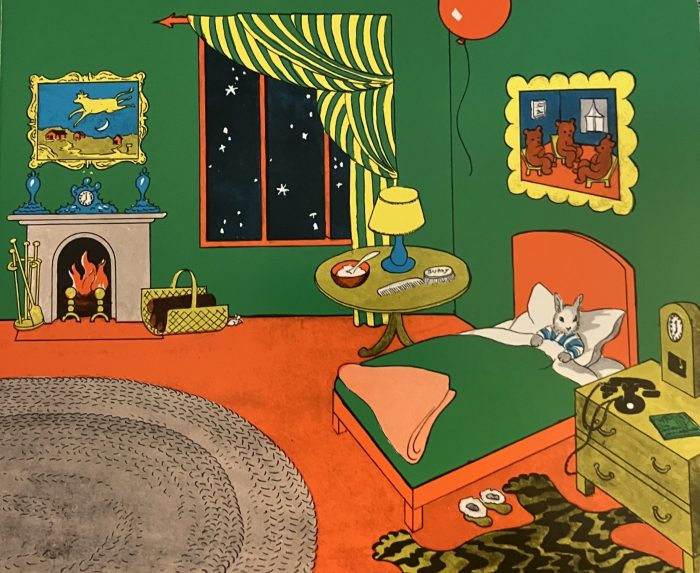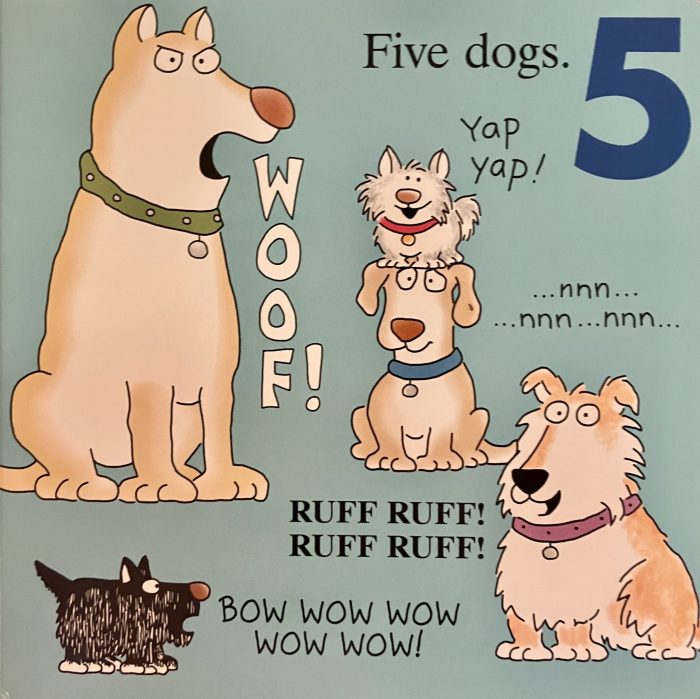Fun with Board Books
When it comes to Serious Books for Grown-Ups, I’ve never read so little as I have in the past year and a half or so. That number hasn’t dropped to zero and I do still read more than the average American (though yes, that’s a low bar to clear), but it’s certainly not what I’d like. However, the total amount of time I’ve spent reading is as high as it’s ever been thanks to my children and their library of board books - which, for those who don’t know, are short books for babies and toddlers printed on stiff cardboard pages, so they’re much sturdier than regular books. This isn’t a genre I’ve ever given much thought to before, naturally, but since they’ve been my primary reading material lately I figured I’d share a few thoughts and observations on them.
The first thing to keep in mind about board books if you want to enjoy them is that they’re not about the story. That sounds obvious, given that the target audience can’t read and possibly can’t even speak either, but adults are so used to judging books by their writing that it’s hard not to apply the same criteria to board books. They’re not really about the artwork, either, which is often simple. Not that the story and art shouldn’t be good, but what makes them good is that they contribute to the primary purpose of board books, which is that they’re a social activity. An excellent example is the classic Goodnight Moon, written by Margaret Wise Brown and illustrated by Clement Hurd. In this book, a child bunny rabbit catalogues and says good night to nearly everything in his room: the clocks, socks, kittens, mittens, comb, brush, bowl full of mush, and so on for several pages. By the standard of any other genre this is extremely boring, yet it’s among the most popular board books in the United States. Why?
Because young children love routine. The predictable and repetitive “good nights” are calming, especially if you read this book every night as part of the child’s bedtime routine. Even I found Goodnight Moon relaxing once I understood why it’s so repetitive. Also, reading time is quality time with a child’s parents (or other relative) whose presence helps the child feel even more relaxed and secure.

In the great green room there was a telephone, and a red balloon, and a picture of…
Mostly, anyway - my daughter has figured out that when we read any book that frequently mentions bedtime or sleeping it means that her bedtime is near, so any time I pull out, say, Goodnight Moon or The Going to Bed Book she protests because playtime is almost over.
Of course, routine may be good, but monotony isn’t and the best writers and artists are able to keep their books visually interesting. For instance, in Rinker and Lichtenheld’s Goodnight, Goodnight Construction Site we see various construction-related vehicles (bulldozer, cement mixer, etc.) going to bed. There’s a pattern to the book, but the vehicles and specifics of each one’s routine differ enough to avoid monotony. Sandra Boynton, a favourite author in our and many other families, gives an even better example of how to do this in Doggies: A Counting and Barking Book. On the first page we have one dog, who says “Woof.” The second page adds a second dog, who says “Yap yap,” and so on until we get to ten dogs. The illustration of each dog is mostly the same each time it appears and there are no backgrounds, but she keeps the book interesting in a few ways. One is that each dog makes a different sound, which makes it fun to read out loud if you’re not self-conscious (and you shouldn’t be; your toddler cares more about the energy you put into your performance than about the result). Boynton also changes the layout as the book continues. Finally, a couple pages interrupt the pattern: page six is “Six quiet dogs,” so there’s actually no barking here, while page nine is “Nine dogs on a moonlit night,” where they’re all pictured in silhouette howling at the moon.

Starting to get crowded.
I’ll also point out that Boynton, in all her books, does a good job writing stories that are silly but not stupid. That is, her books are filled with funny animals who say and do things that aren’t quite normal, but aren’t outrageous and are goofy in ways a child understands. So, in Blue Hat, Green Hat (The Oops Book) a set of animals put on various articles of clothing, but a turkey always makes a mistake, putting his coat on backwards, putting his pants on his head, his socks on his wings, etc. It’s a basic, universal kind of humour that even small children can appreciate.
Another point about the words to a board book is the importance of rhythm. Some books are even meant to be sung, like Boynton’s Moo, Baa, Fa La La La La, or books based on popular songs (our daughter loves Joe Rhatigan’s adaptation of Twinkle, Twinkle, Little Star). Rhyming is also common among board books; the child may not know what the words mean, but rhyming enforces a rhythm that makes it more enjoyable to listen to.
Occasionally, one also finds books with novel page designs that engage a child’s senses besides site. Eric Carle’s The Very Hungry Caterpillar features pages illustrating the various foods the caterpillar has eaten, with a hole in them and the page where he’s eaten through them. Some books have “touch and feel” sections, e.g., a picture of a dog may have a felt lining for his fur. Lift-a-flap books are also popular, like Where’s Spot? The downside to these, of course, is that toddlers are rather infamously rough with their things, so if the flaps aren’t especially sturdy they tend to tear.
My daughter has begun graduating to picture books, which are longer and have paper rather than cardboard pages (albeit typically of a stronger kind of paper than what’s used in books for adults). These books are usually the earliest ones we adults can remember - it’s the world of artists like Richard Scarry and Dr. Seuss, and series like Madeline and Clifford. The earliest book I can remember is the picture book Lyle, Lyle, Crocodile, which I remember my grandmother reading to me at her house. These are easier for adults to enjoy compared with board books, with their less trivial stories and more complex artwork, so I am glad to start reading these. That said, I’ve certainly enjoyed my time in the world of board books with my daugther, and look forward to more with my son.